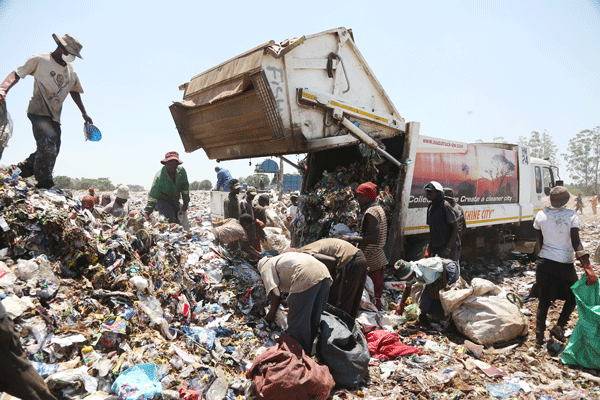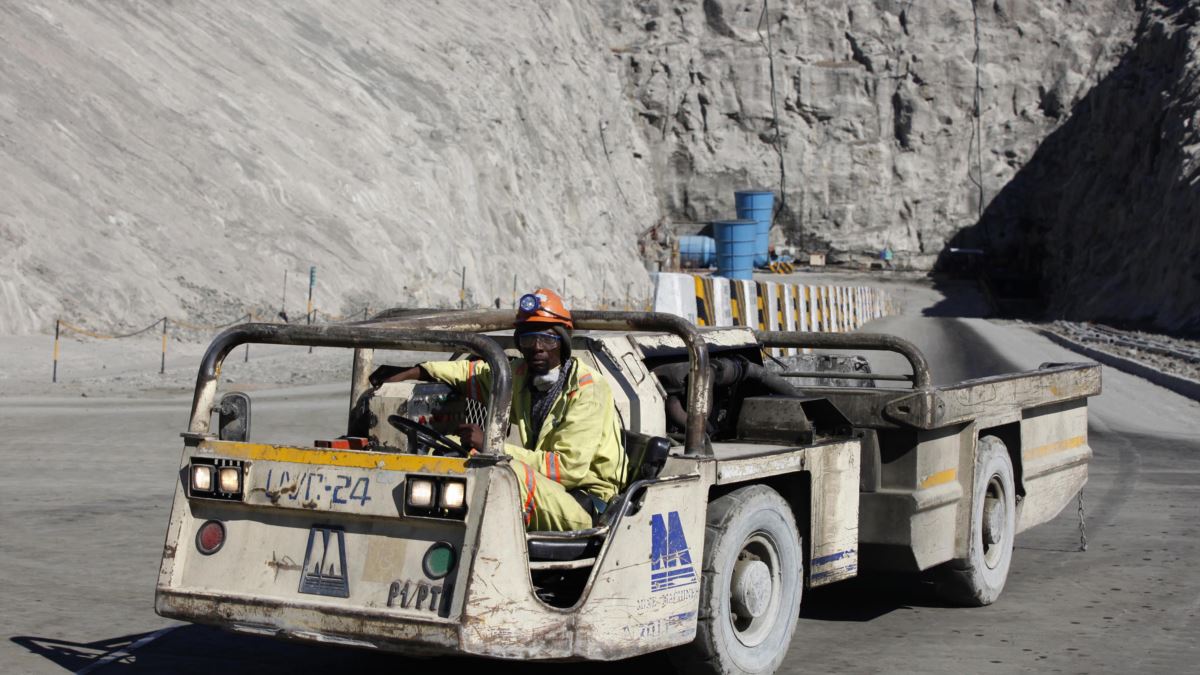Platinum producer to double output within 24 months
South African firm, Tharisa Capital, says the development of the first phase of the Karo platinum group metals (PGMs) project in Zimbabwe will see PGMs production doubling within 24 months.
The London-listed platinum miner, which recently increased its shareholding to a controlling interest in Karo Holdings, intends to spend US$250 million to complete the first phase of the project.
Zimbabwe has three active platinum mines namely Impala Platinum Mines Zimplats, Anglo-American’s Unki Mine as well as Implats and Sibanye Stillwater 50-50 owned Mimosa Mining Company.
Two other major PGMs project are at various stages of development and these are Great Dyke Investments, owned Russia’s Vi Holding, through its JSC Afromet subsidiary, which holds half the shares in GDI and Zimbabwe’s Landela Mining Venture, which owns the balance and Bravura Holdings, which is owned by Nigerian billionaire, Benedict Peters.
“We progressed our much anticipated cross borderstep by announcing our plans for developing the tier 1 Karo PGM project, doubling our PGM production within 24 months,” Mr Phoevos Pouroulis, the Tharisa’s chief executive said in a commentary of the group’s production update for the second quarter ended March 31, 2022.
He said the transformation of Tharisa into a multi-asset, multi-commodity and multijurisdiction business, combined with strong PGM and chrome prices, as well as the further production upside from initiatives that include the ramp of the Vulcan Plant at Tharisa Mine, will provide a very healthy outlook for the prospects of the Company in the second half of the year, and beyond.
Tharisa increased its shareholding in Karo Holdings to 66,3 percent and this was completed post quarter end.
Mr Pouroulis said an implementation study at Karo Platinum provided the robust economics of the first phase of the project while still presenting significant growth opportunities.
According to Tharisa, when production commences in two years, annual output is expected to be 150 000 ounces of PGMs in concentrate during the first phase. Tharisa’s mining lease area for the Karo project covers an area of 23 903 hectares located within the Great Dyke in the Mashonaland West District, approximately 80 kilometres southwest of Harare.
The Zimbabwe Government has a 15 percent stake in the Karo project and is also entitled to an option to buy another 11 percent.
Based on Karo’s valuation of US$770,4 million, the Government would have to spend US$84,7 million if it chooses to take up the option.
According to Mr Pouroulis, the Salene Chrome plant commissioning is underway and production due to commence in the third quarter of 2022.
Tharisa acquired a 90 percent shareholding in Salene Chrome Zimbabwe (Pvt) Limited in 2018 from the Leto Settlement Trust a related party being the beneficial shareholder of Medway Developments Limited, a material shareholder in Tharisa.
The effective date of the acquisition was May 15 2018 and Leto retained a 10 percent free carried shareholding in Salene and was entitled to a 3 percent royalty on the gross proceeds from the sale of the chrome concentrates produced.
Salene was awarded three special grants under the Zimbabwe Mines and Minerals Act covering an area of approximately 9 500 hectares (95 km2) on the eastern side of the Great Dyke in Zimbabwe, which entitles it to mine the minerals thereon including alluvial chrome, being at surface chrome fines generated from seams as a result of weathering.
The country is envisioning a US$12 billion mining industry by 2023. PGMs are expected to contribute US$3 billion with production expected to jump from about 979 thousand ounces in 2018 to about 2,5 billion ounces annually in 2023.
Gold, diamonds are expected to contribute US$4 billion and US$1 billion, respectively, while chrome, iron ore and carbon steel will contribute US$$1 billion. Coal and hydrocarbons are expected to contribute US$1 billion as well. Lithium is projected to contribute half a billion while other minerals would chip in with US$1,5 billion.-The Herald








